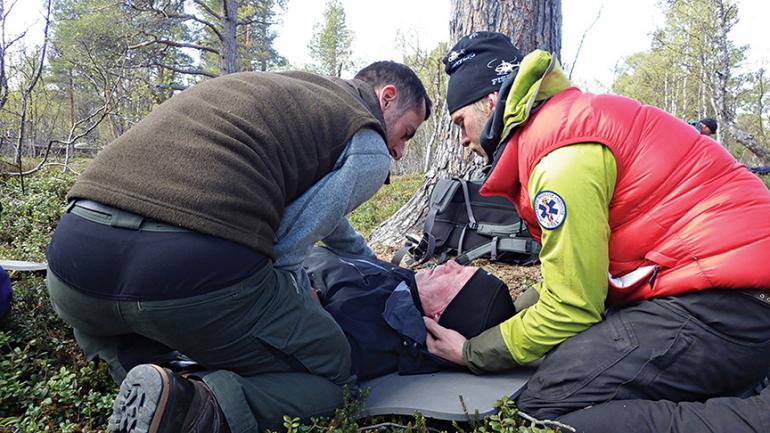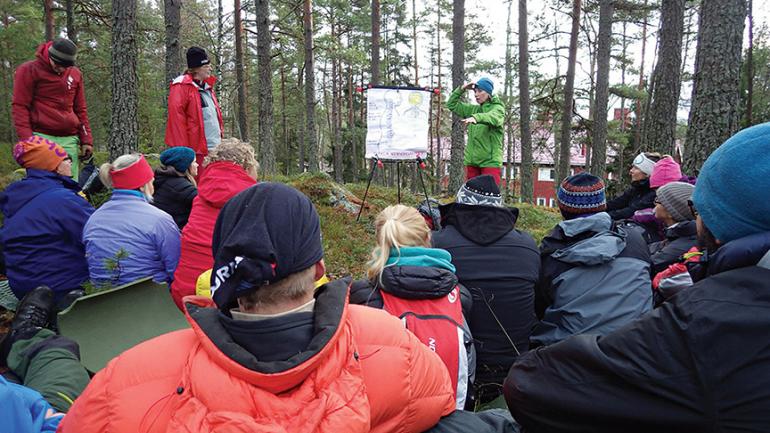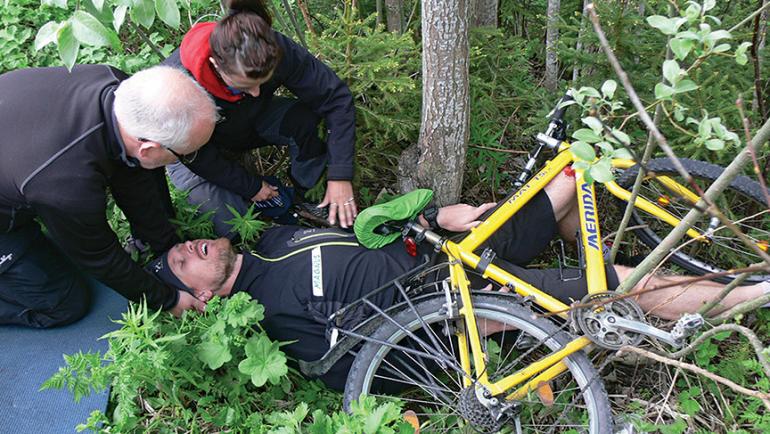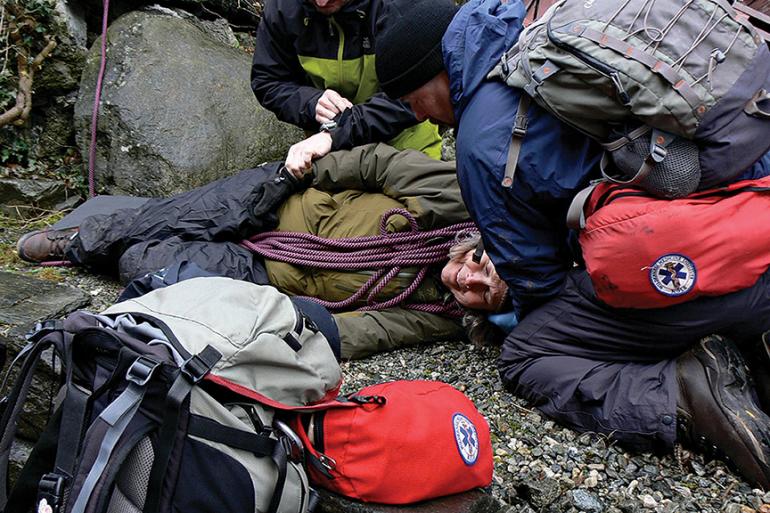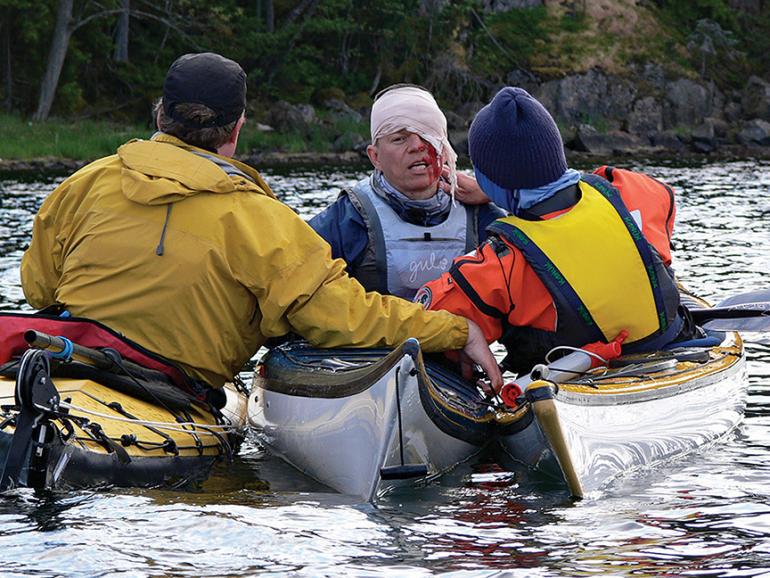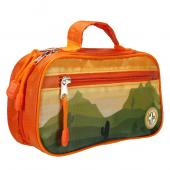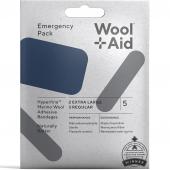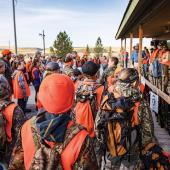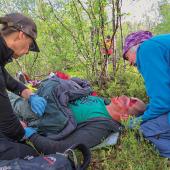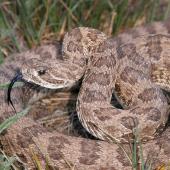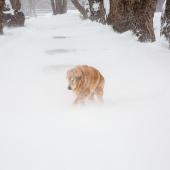Wild Medicine
Learning how to properly manage mishaps, address emergencies, and deal with disaster.
Friends are visiting from out of town, so you want to show them all that Montana’s outdoors have to offer. You plan a trip that’s manageable but strenuous and at the limits of their abilities. It will test their strength and endurance, but there will be a mind-blowing, life-affirming view at the end, and you’ll buy the beers afterward.
Three hours into the hike, nine miles deep in the Taylor Hilgards, your college roommate rolls an ankle, falls off the trail, and hits her head. What happens next? While this scenario might not be likely, it’s very possible, and if you aren’t prepared, a bad situation can quickly become much worse.
A little training goes a long way, however, and there are as many options for education as there are trails in the Madison Range. Time to invest in a wilderness-medicine course—for your own safety and that of all your outdoor companions. After taking any of the classes described herein, you’ll only have one question: why on Earth did I wait so long to do this?
Wilderness First Aid Basics (WFA-B)
AIM Adventure offers an online at-your-own-pace basic wilderness first-aid course, which takes around eight hours to complete. The course is designed as the first half of the in-person Wilderness First Aid course, making it a great option for those who might find it hard to commit to an entire weekend, or to take time off work.
This course is great for someone who has no knowledge of basic first-aid, or for those who need a refresher. Topics include scene safety, patient assessment and examination, when to stay or to go for help, and the treatment of typical wilderness-type injuries and illnesses. It also provides an equipment list of recommended first-aid kit contents, and patient-assessment checklists that you can print out. The online format is well-designed, and comprises short lesson plans with a variety of interactive images, videos, text, and quizzes. At first glance, the practical scenarios seem a bit cheesy, but are a must to test your skills and practice in case of a real-life situation. These replace the training given in a more typical in-person course.
Some parts of the course, especially the annoying acronyms, may be common sense to some, but they act as a memory-jogger for those with previous first-aid training. One of the most useful aspects of the course is establishing criteria for assessing whether a situation is an emergency or not. This takes some of the worry out of deciding if and when to call in an elaborate and expensive rescue operation.
If you want to be in a position to help while out hiking or biking, but are not ready to dive into the more extensive Wilderness Advanced First Aid (WAFA) or Wilderness First Responder (WFR) courses, this is a great introduction. —DEBBIE DREWS
Wilderness First Aid (WFA)
“There’s been an accident! A mountain biker is lying on the trail bleeding. Can you help?”
The woman is agitated, confused, impotent in her distress. Amanda and I rush past her to find a man lying in a crumpled heap, semi-conscious. We run through our checklist, scanning for hazards before kneeling beside the victim. She holds his head while I check breathing and search for injuries. Bright-red blood oozes from the cyclist’s forehead and he’s mumbling about pain in his knee. The guy’s in rough shape—he’s battered, insensible, and may have a neck injury. What we do next could save his life or cost him the use of his legs forever.
I take a deep breath and remind myself of a mantra we used in the army: slow is smooth, smooth is fast. “Don’t rush it,” I think to myself, “do this right.” Amanda gives encouragement as I execute a full head-to-toe evaluation, and together we decide on the best course of action. Carefully, methodically, we stabilize the victim, check his vital signs, treat his wounds, and call for help; search-and-rescue should arrive in thirty minutes. The guy’s gonna be okay. Whew.
If this scene sounds intense, it’s because it was—even as a training scenario played out in a controlled environment. And that was my biggest takeaway from a recent Wilderness First Aid course hosted by Crossing Latitudes in Bozeman. Lena Conlin and her sister Asa spent two days teaching basic first-aid principles to 50 students of varying ages and occupations, all within the context of a backcountry setting. It was challenging, at times stressful, and long overdue.
Veteran guides and skilled outdoor educators, the two sisters were articulate and entertaining, shifting between lectures and hands-on practice, followed by role-playing and mock accidents to cement the material. We learned how to identify and treat a range of conditions, from infections to broken bones and everything in between. Dealing with heat-exhaustion and hypothermia, averting altitude sickness, dressing lacerations, crafting improvised splints… the amount of material was extensive but manageable. “What we’re teaching are principles,” Asa told us. “Every situation will be different, and you have to apply those principles accordingly.”
The trick, of course, is remembering those principles—which is where repetition and realistic scenarios come in. A combination of actual outdoor gear and lifelike props put us right into the scene, no imaginative leap required. Humorous skits also enhanced the learning process, which Lena and Asa—the Swedish Bikini Team, as they called themselves—employed with alacrity. During one demonstration, an insouciant Asa revealed one injury after another, each more dramatic than the previous, culminating with a severed finger and a sword embedded in her rear; while treating her wounds, Lena accused Asa of mutilating herself to avoid camp duties, hurling outlandish imprecations at her stubborn sister. It had the class in stitches, and reminded me of an old Carol Burnett routine.
Which, of course, was the whole point: to make the class engaging. “The more entertaining and realistic we can make things,” Lena explained to me later, “the more it will stick.” And the more the material sticks, the more likely people are to remain cool and confident in an emergency situation, using their training to help an injured hiker, biker, or climber make it out of the backcountry alive. —MIKE ENGLAND
Wilderness First Responder (WFR)
I got the necessary “you-need-wilderness-medicine-skills” wake-up call when skiing with a friend at Bridger. Luckily, we were close to medical assistance, and his injury wasn’t too severe, so no lasting damage was done. But I got to thinking about what would have happened had we been in the backcountry. Would I have known what to do (and what not to)? Would he have made it out okay?
Numerous other images flooded my mind. That all-day bike ride that suddenly goes to hell when someone punctures a lung. The paddle on Yellowstone Lake that gets a little spicier when the wind kicks up, a canoe goes over, and two friends are bobbing in the frigid waters.
These scenarios are not out of the question, and I decided it was high time for some training. First-aid courses are a great baseline, but most activities we engage in around here require skills that are more in-depth, so I opted for the full-on Wilderness First Responder course with Aerie Wilderness Medicine out of Missoula. After blocking off a week for the course—it’s eight days long, so you’ll need some time off—I nervously drove west on I-90 not really sure what to expect. Turns out, there are a lot of ways to get into trouble in the backcountry, but education can go a long way to keeping you safe.
While a WFR course involves a lot of classroom time, the best learning happens in the planned and not-so-planned scenarios. After spending a day or two looking over presentations and being walked through patient-assessment procedures, the instructors at Aerie threw us into the deep end. Half the class would act as patients, prepped on what symptoms to portray—or more often than not, what symptoms to portray while pretending to be unconscious or in shock—while the other half of the class walked into the scenario completely ignorant of the events leading up to the prescribed injury. This forced us to think on our toes and pay strict attention to details so as not to exacerbate an already critical circumstance. Mocked-up as they were, I couldn’t help but get nervous every time I tended to a patient. My life is in her hands, I’d think. This feeling of mini-panic validated my choice to take the class in the first place, as I felt like a fool for ever having ventured into the backcountry at all without this training.
Fact is, it’s our responsibility to participate in the safety of the group whenever we travel to a wilderness environment. To be helpless or useless is to fail—ourselves and those around us. Friends and family may come to visit from tamer locales, and if any one of them is simply allergic to bees, he or she could be in real trouble five miles from a trailhead, 45 minutes up a dirt road, ninety minutes from the nearest hospital, with no cell service.
While a WFR course might not mean you’re out there saving lives on a daily basis—indeed, our instructors continuously noted that we most likely will never use our training—it gives you the necessary skills to determine whether or not someone is in a life-threatening situation. This alone could prevent bad circumstances from getting worse, which is the goal of the course in the first place. For people working in outdoor education, a WFR is a no-brainer, and in many cases, employers require it. While the initial investment of time and money can seem daunting, the rewards are great, and may even include salary increases and promotions. A WFR course isn’t only a good idea for outdoor-education professionals; volunteer search-and-rescue squads utilize WFRs, as do rural emergency medical services and fire departments.
Once you’ve selected a course, committed to missing work, completed eight days of training, and received your certificate, then what? You now have a responsibility and an opportunity to make a difference in the lives of those in your community—a responsibility which should not be taken lightly. Because of this, WFR training might not be for everyone. But if you feel comfortable with that obligation, don’t hesitate any longer—you never know when someone in your hiking party could slip and fall. —DAVID TUCKER
Schools for Skills
Crossing Latitudes (Bozeman) - crossinglatitudes.com
Yellowstone Institute (Gardiner) - yellowstoneassociation.org
The Peak (Butte) - thepeakinc.com
Aerie Backcountry Medicine ( Missoula) - aeriemedicine.com
AIM Adventure (online) - aimadventureu.com



